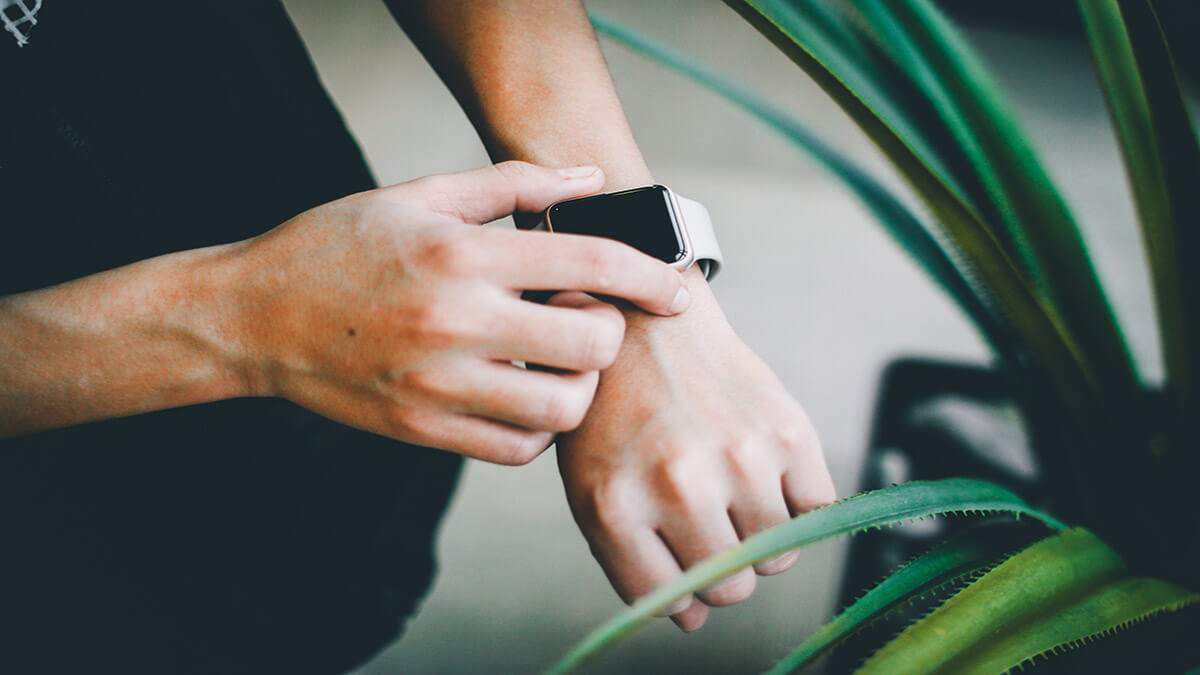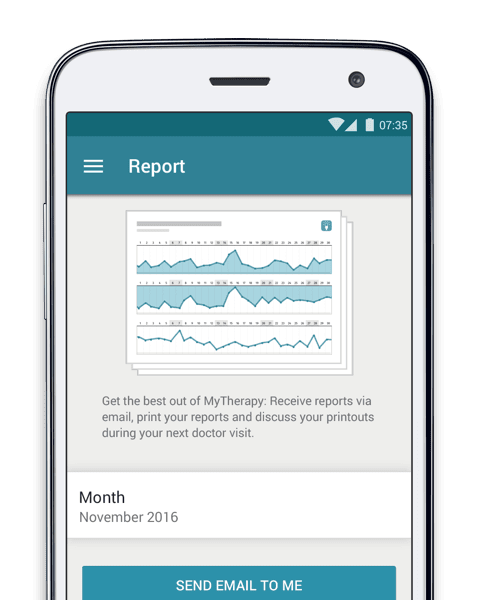Apple’s announcement of the Apple Heart Study in September – which aims to utilize the Apple Watch’s heart rate sensor to detect Atrial Fibrillation – highlighted a trend that is becoming ever more prominent: the role of technology in daily healthcare. At CES 2018 – the largest consumer electronic trade show on the planet – yet more new and innovative products have been demonstrated, suggesting this year will see continued growth in the market. So, what can we expect to see in 2018?
Wearables
As mentioned, the Apple Heart Study is a prime example of the major consumer electronics manufacturers taking the health sector seriously, and wearables are a fundamental component. Apple invites users of its Apple Watch to download a specially developed app (available only in the USA), which notifies users of irregular heart rhythms (heart arrhythmias) it detects using the built-in heart rate sensor. When such irregularities are found, the user can be remotely connected to a healthcare professional at American Well, who will recommend the necessary course of action.
The study aims to determine whether smartwatches can truly become life-saving devices, and will run throughout 2018. By then, Apple will have collected a wealth of data, allowing the company to assess the smartwatch’s accuracy in detecting conditions characterized by heart arrhythmias, such as atrial fibrillation.
- Learn more about the Apple Heart Study
Sticking with smartwatches, HealBe claim their wrist-worn device, the GoBe, is capable of automatically tracking users’ calorie intake, a promise that was met with widespread skepticism when the company first launched its IndieGoGo campaign in 2014. However, by tracking water levels of cells, the watch has surprised many with its accuracy. While the science behind it is still debated, the GoBe also boasts a very accurate heart-rate sensor, as well as a hydration level tracker, and stress and sleep quality monitors. The second generation, which was more aesthetically refined than the first, was soft-launched in 2017, and the GoBe 3 is expected to make an appearance this year.
- Learn more about the Healbe GoBe 2
A rather smaller wearable hitting the health market this year was demonstrated, somewhat surprisingly, by cosmetics company, L’Oreal. A small adhesive sensor, measuring in at 2mm thick and with a diameter of 9mm, can be worn anywhere exposed to sunlight, and will measure UV exposure. The sensor, called the UV Sense, sends information to an accompanying app, helping the user stay safe in the sun.
- Learn more about the L'Oreal UV Sense
It has long been debated whether wearable technology is a fad, but their unobtrusiveness and ability to perform with minimal user input make them highly attractive health tools. 2018 promises continued growth and exciting innovation.
Connectivity
Back in 2016, the UN declared Internet access a human right, highlighting just how connected our world has become. Of course, this has impacted the way we manage our health, and the way healthcare data is collected, stored, and used. It is also having a profound impact on the relationship between patients and healthcare professionals.
Heal started life in 2015 as a doctor house call app, allowing patients to receive medical attention from the comfort of their own home. The company announced Wellbe at CES, a product that securely collects data such as blood glucose levels, heart rate, and blood pressure, from over 120 commercially available pieces of equipment. It does so instantaneously, wirelessly, and automatically, and makes the data immediately available to the user’s doctor. Heal’s services are currently limited to certain parts of the USA, but further success and innovation in 2018 will surely lead to expansion.
- Learn more about the Heal Wellbe
American Well, the telehealth company with which Apple partnered for the Apple Heart Study, are already making strides in connectivity in 2018. The company uses its platform to create a healthcare community that allows for remote care, and has announced two new deals that expand this vision. A partnership with Netsmart gives American Well greater presence in behavioral health and long-term care, while another with tech giant, Philips, is focused on paediatric care. By using Philips’ uGrow app, which can connect to numerous Philips devices, parents will be able to consult with a healthcare professional, covering everything from breast feeding to mental health.
- Learn more about Philips uGrow
Zeriscope is another company making the most of connectivity, with its telemedicine package. Medical professions such as nurses, paramedics, and caregivers can connect to a physician via video, allowing the physician to perform thorough examinations remotely. The highly portable, cost-effective, and customizable packages are designed to be used almost anywhere, from patient homes to the scene of an emergency. The company claims such a solution helps reduce costs that are incurred by taking the patient into the ER, and reduces readmissions.
- Learn more about Zeriscope
One of the biggest factors boosting connectivity is the rate at which mobile data is being improved, meaning such technology can be used even when Wi-Fi is unavailable. With 5G network in the pipeline, this will only improve in 2018, increasing connectivity in both your home, and in the hands of healthcare professionals.
Patient-Generated Health Data
Patient-generated health data (PGHD) is not a new phenomenon – verbal and written accounts of family history, symptoms, lifestyle etc. all fall into the category. Technology has played a role in this for some time, with apps such as MyTherapy allowing users to record a wealth of information, from statistics such as blood pressure and heart rate, to symptoms and well-being.
The wearables mentioned above, as well as the plethora of other devices that allow users to record data at home, usually have an accompanying app. Combined, we are seeing a huge rise in the amount of data being recorded by patients, often on a nearly continuous basis.
The challenge facing healthcare providers has been how to incorporate this newly available data into their workflow. This is where companies such as Validic come in; their aim is to collect data from a variety of sources – such as apps, wearables, and online forms – and deliver them to healthcare professionals in a usable format. While the end user may not directly see the fruits of their labor, they may find in the coming months and years, data collected at home will be more accessible, and have a more tangible impact on health management.
- Learn more about Validic
2018: Evolution vs. Revolution
Changes in healthcare usually take time, and 2018 will be no different. None-the-less, eager start-ups and established giants of the tech industry are showing no signs of turning their heads from the health market, and innovative new products and solutions will undoubtedly emerge in the coming year.
Which ones will make it into your hands, and those of healthcare professionals? We will soon find out.



